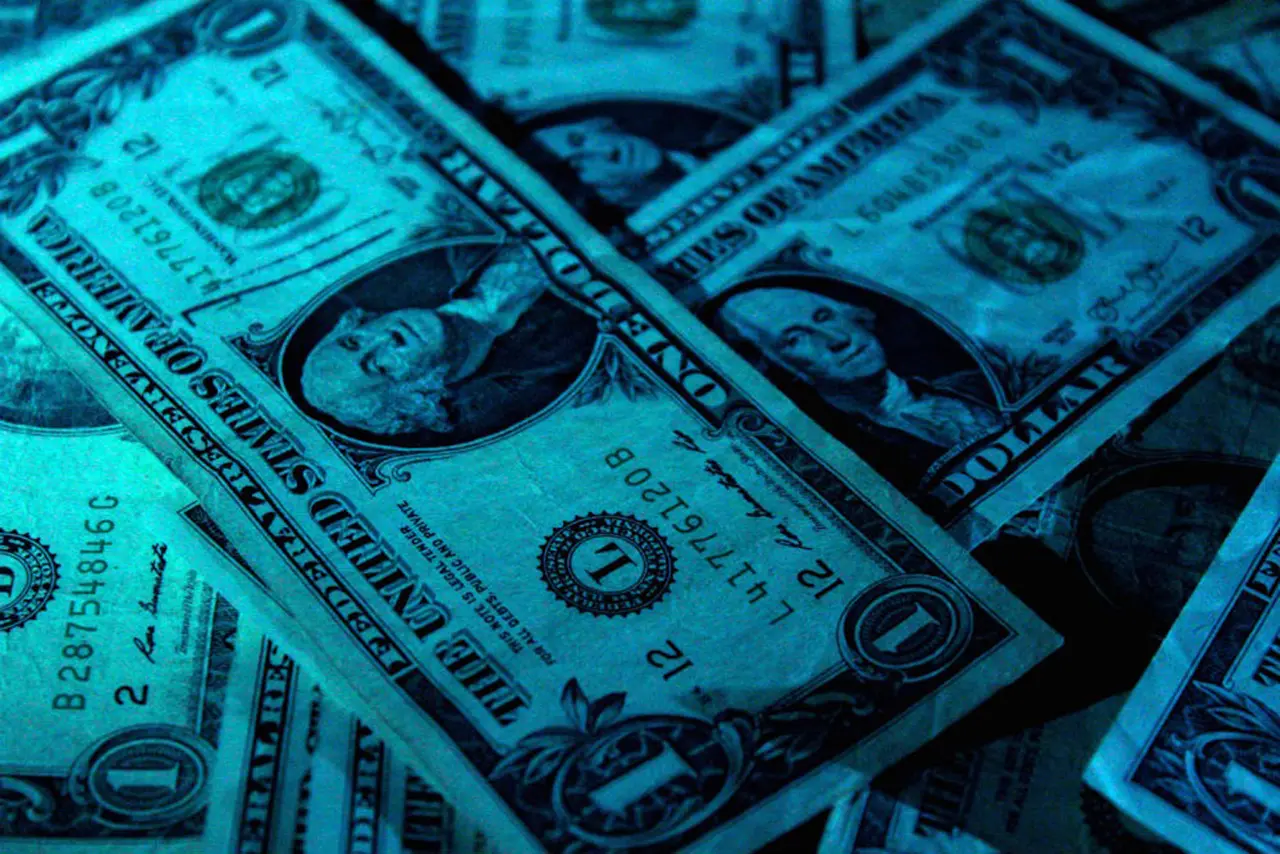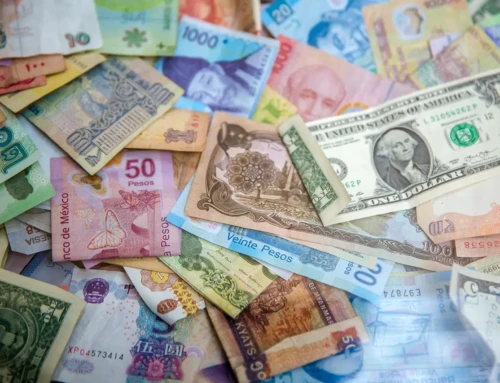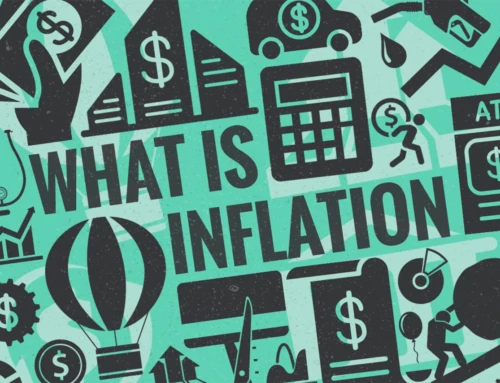The Inverted Yield Curve and You

One thing Republicans and Democrats generally agree upon is the importance of avoiding interference with central bank policy. If central bank leaders are politically motivated, they will naturally tend to implement policy that stimulates the economy leading up to elections, which causes high inflation and unfair political advantages.
It’s also worth mentioning that the outcome when they have interfered has been pretty horrific. Two examples? Richard Nixon nominating Arthur Burns as Fed Chairman with instructions to loosen the money supply, leading to the runaway inflation of the late seventies. And Treasury Secretary Robert Rubin influencing Alan Greenspan to lobby Congress to let investment banks keep their derivatives trading completely unregulated, leading to the global financial crisis.
Last week Donald Trump sent tweets indicating his disappointment in the Federal Reserve’s policy decision to raise interest rates, raising question over whether he’ll take steps to erode the Fed’s independence. I’ve been talking about how and why interest rates will go up for a while now (years in fact). But it seems to me that until now, retail investors, and even many institutional investors have been either oblivious to or selectively distracted from what is happening in the bond markets. With the President tweeting about it, ignoring this situation will not be an option any longer, and investors will be forced to take notice.
Additionally, Fed officials may well decide to continue raising short-term rates in an effort to maintain the appearance of independence, which in turn could raise inflation concerns among bond market participants, leading them to sell, putting upward pressure on rates. In other words, calling attention to the issue will likely exacerbate the very thing he’s expressing dissatisfaction with.
Short-term interest rates, the ones the Fed has greater influence (not complete control) over, started creeping up back in 2013 when the Fed announced it intended to “taper” it’s quantitative easing action, that it began as part of their efforts to revive the economy after the GFC (Global Financial Crisis, and yes, it deservedly has its own acronym). The yield on the two-year Treasury Bond went from a quarter of percent to over two-and-a-half percent over the last five years, with the sharpest increase coming from November last year until now. Long-term rates, which the Fed has far less influence over, have increased too, albeit at a slower pace, leading to a flattening yield curve.
I find again and again in conversations I have in our business that people believe the Fed has complete control over the interest rate marketplace. It’s understandable because messages the Fed and the media send say as much. And as I say, the Fed does have significant influence over rates, but they do not control them. The collective sentiment, or more specifically, perception of risk, of bond investors, dictates the direction and volatility of the interest rate market. When bond investors perceive greater risk to lend, they sell, and/or demand higher interest for what money they do lend. And with the amount of debt outstanding at the government, corporate, and consumer level, the perception of risk is bound to increase sooner or later.
You see, in the end, market stability relies entirely on a little thing called trust. In an age when trust in institutions is crumbling, politicizing the most influential central bank in the world is not likely to instill greater confidence in bond investors. Somehow this dynamic appears to be lost on the President.
Written
November 18, 2018
Read Time
3 min read
More Posts




